15 Vegetables That Will Grow In The Shade
No sun? No problem. Make the most of shady porches and limited garden real estate with edibles that thrive on the shady side.
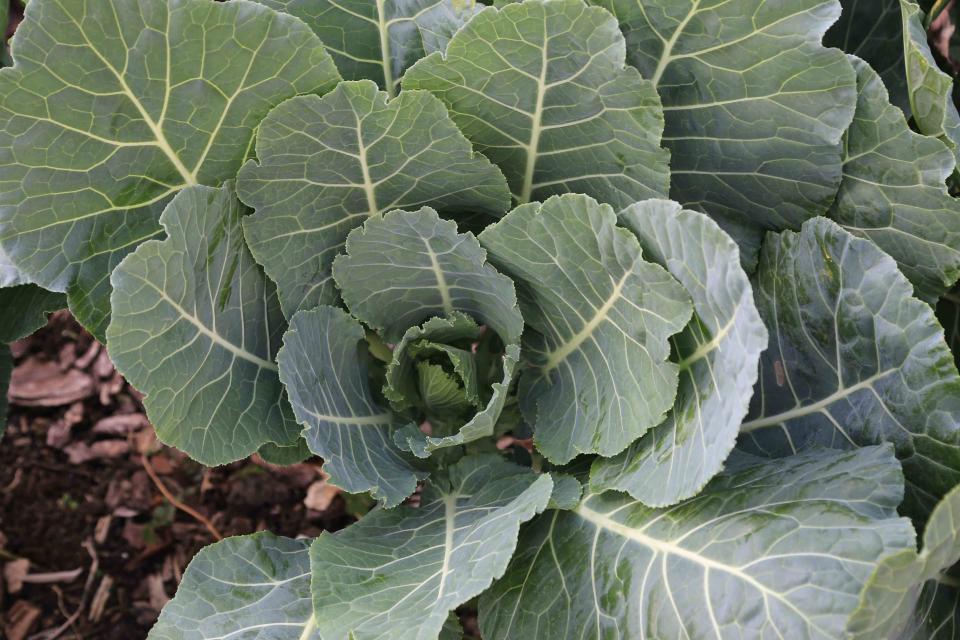
Getty Images / Douglas Sacha
Don’t let less-than-ideal sun exposure keep you from growing edibles in the garden, there are plenty of delicious herbs and vegetables that grow in the shade. In fact, some vegetables benefit from a bit of afternoon shade in hot southern gardens. Leafy green and root crops are among the top performers when light is limited, but you can also produce a healthy crop of peas and herbs to garnish your favorite dishes. Few crops will produce in deep shade, but areas receiving filtered sunlight, afternoon shade, or just a few hours of direct sun per day are great places to try growing
vegetables.
Tips for Growing Vegetables in the Shade
When it comes to growing vegetables in the shade, it is helpful to space plants a little farther apart than usual so they do not compete with one another for the limited light. Soil dries slower in the
shade than sunny beds, and often requires less frequent irrigation. The soil also warms more slowly in spring which may delay sowing dates as compared to sunnier sites. Keep these factors in mind as you plant and nurture vegetables in the shade.
While these crops produce well under shady conditions, do not expect plants to grow or yield the same way they would when planted in full sun. Many of the crops on this list may take longer to produce in the shade versus the sun, and the harvest may be smaller. Herbs often grow leggier in shady sites, but they will still carry their distinctive flavors. Despite these limitations, planting edibles in shade is a great way to squeeze in extra produce when sunny spaces are limited.
Related: 13 Easiest Vegetables To Grow In The Garden
Lettuce
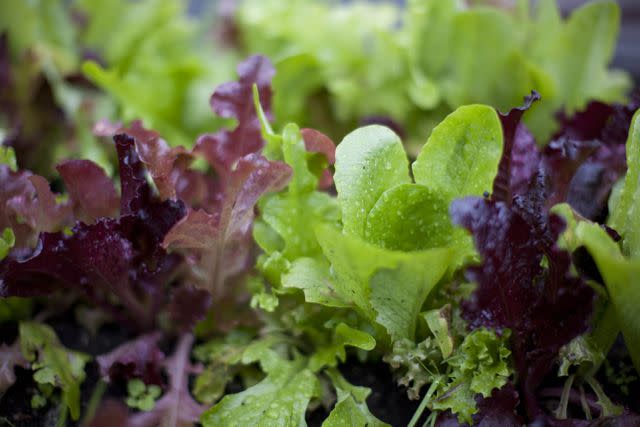
Getty Images / Kodiak Greenwood
Botanical Name: Lactuca sativa
Sun Exposure: Full Sun to Part Shade
Soil Type: Well-draining, Rich
Soil pH: Slightly Acidic (6.0-6.5)
Lettuce is sensitive to hot temperatures and typically grown in spring and fall. Planting lettuce in light shade can help extend the spring harvest into the early summer months by keeping temperatures cooler around the plants. Shade also helps prevent wilting as temperatures rise. Lettuce can get by with just a few hours of direct sun. Consider growing leaf varieties rather than heading varieties.
Spinach
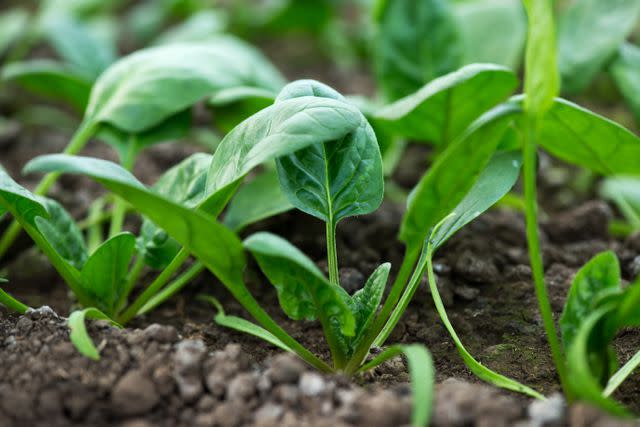
Getty Images / DiyanaDimitrova
Botanical Name: Spinacia oleracea
Sun Exposure: Full Sun to Part Shade
Soil Type: Well-draining, Rich
Soil pH: Slightly Acidic (6.5-6.8)
Spinach is another crop that benefits from growing in partial shade. This cool-season crop is susceptible to bolting if it gets too much hot sun, so it is perfect in a shady spot. Bolting is the process of flowering and setting seeds, which is triggered by increasing day lengths. For the greatest success, look for “bolt-resistant” varieties.
Kale
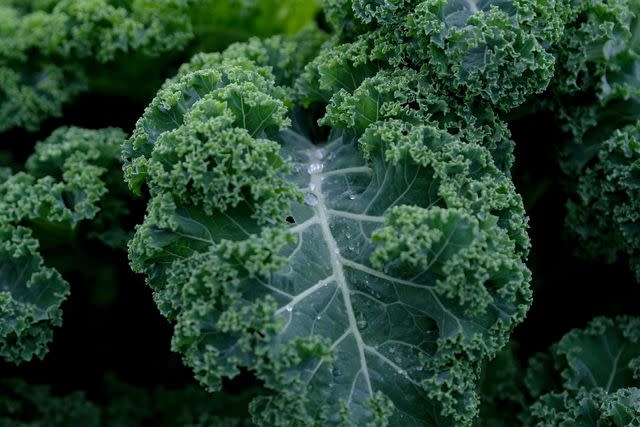
Yuriko Nakao/Bloomberg
Botanical Name: Brassica oleracea var. acephala
Sun Exposure: Full Sun to Part Shade
Soil Type: Well-draining, Rich
Soil pH: Slightly Acidic (5.5 to 6.8)
Kale grows happily with just a few hours of sunlight per day. Kale is a cut-and-come again crop that can be harvested repeatedly by removing individual leaves, rather than harvesting the whole plant. Start by picking the largest, outer leaves. The inner leaves will continue to grow until they reach a desirable size.
Swiss Chard
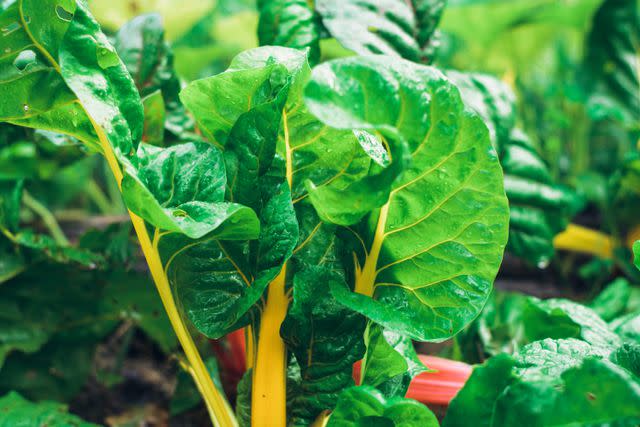
Getty Images / Crispin la valiente
Botanical Name: Beta vulgaris
Sun Exposure: Full Sun to Part Shade
Soil Type: Well-draining, Rich
Soil pH: Slightly Acidic (6.0-6.8)
Like lettuce, Swiss chard can benefit from shade to prevent their large leaves from wilting in the hot midday sun. Provide a few hours of direct sun per day for optimal growth. Swiss chard is well suited to shady planting beds, as its colorful foliage combines beautifully with flowers. Like spinach and kale, Swiss Chard continues to grow new leaves after the initial harvest. It does not have the problem of bolting that spinach has, but leaves can become bitter in the heat of summer.
Arugula
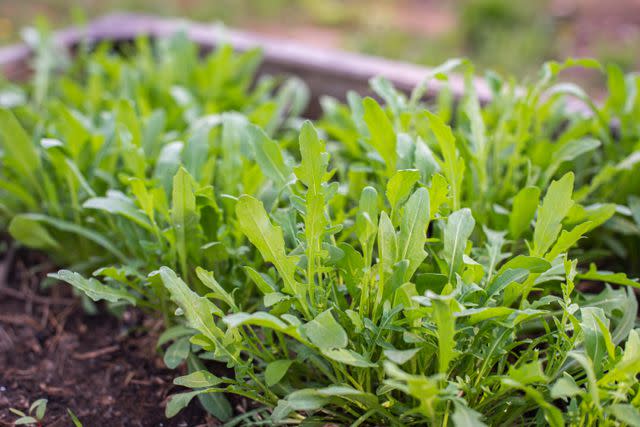
Getty Images
Botanical Name: Eruca vesicaria
Sun Exposure: Full Sun to Part Shade
Soil Type: Moist, Well-draining, Rich
Soil pH: Slightly Acidic to Neutral (6.0 to 7.0)
Arugula is a fabulous cool-season green to grow at home. Seeds germinate in cold soils, as low as 40°F, and produce a crop in just 5 to 6 weeks. This makes it easy to produce a crop beneath the filtered shade of a tree canopy before the tree leaves push out for the season. Harvest leaves when they are still young, before they develop a bitter flavor.
Radish
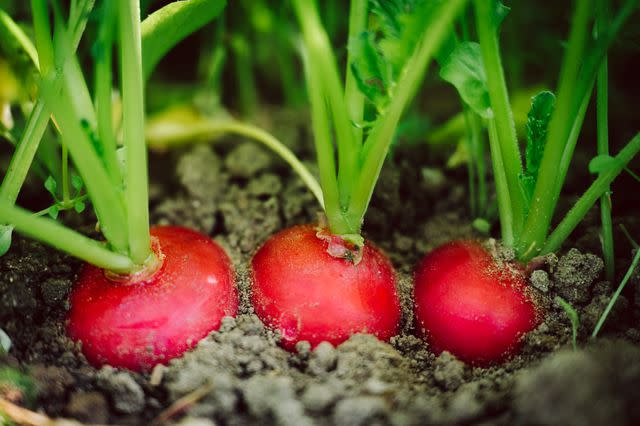
Getty Images / Sonja Filitz
Botanical Name: Raphanus sativus var. radicula
Sun Exposure: Full Sun to Part Shade
Soil Type: Loose, Well-draining
Soil pH: Slightly Acidic to Neutral (6.0-7.0)
Radishes grow very quickly, producing a crop in as little as three weeks, though shade-grown radishes often take longer to produce. A sizeable crop can be harvested with as little as 3 to 4 hours of direct sun. Many gardeners like to sow seeds at seven- to ten-day intervals for a continuous supply. The flavor of radishes is associated with temperature, with cooler weather producing milder-tasting radishes.
Collards
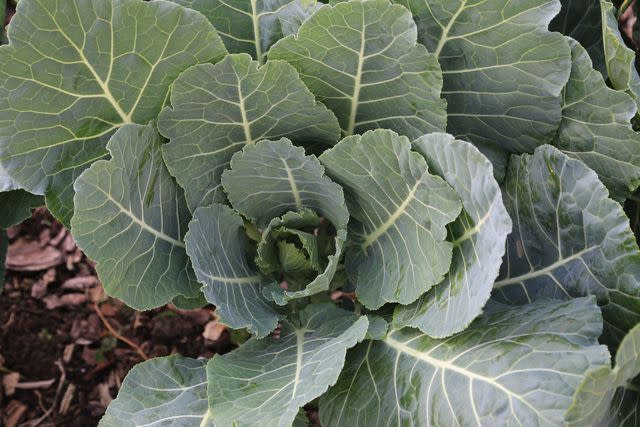
Getty Images / Douglas Sacha
Botanical Name: Brassica oleracea
Sun Exposure: Full Sun to Part Shade
Soil Type: Moist, Well-draining, Rich
Soil pH: Slightly Acidic (6.0 to 6.5)
Collards are among the most popular garden vegetables of the South. Plants tolerate partial shade but may be slower to produce a crop. Like arugula, this cool-season crop can be grown beneath a leafless tree canopy in spring or fall. Look for cold hardy varieties for fall planting, and bolt-resistant varieties for spring planting, which begins as early as February.
Pak Choi
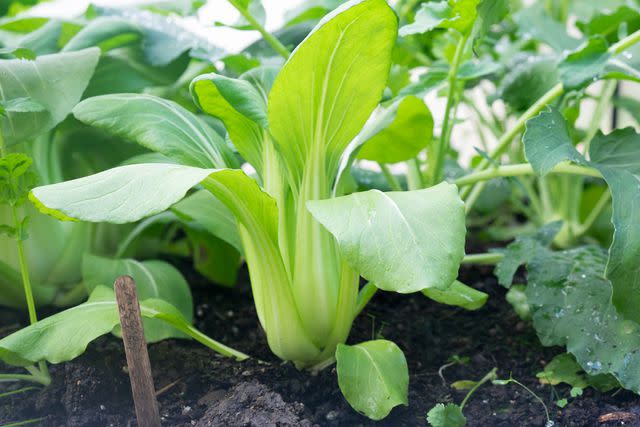
Botanical Name: Brassica rapa subsp. chinensis
Sun Exposure: Full Sun to Part Shade
Soil Type: Moist, Well-draining, Rich
Soil pH: Slightly Acidic to Neutral (6.0 to 7.5)
Pak choi, also called bok choy, thrives with as little as 2 to 3 hours of sunlight
per day. In fact, partial shade can help delay bolting (flowering) of this cool-season crop. A location with morning sun and afternoon shade is ideal. Pak choi can be harvested at various stages of maturity. Harvest the entire head at once or one leaf at a time for a continuous production.
Beets
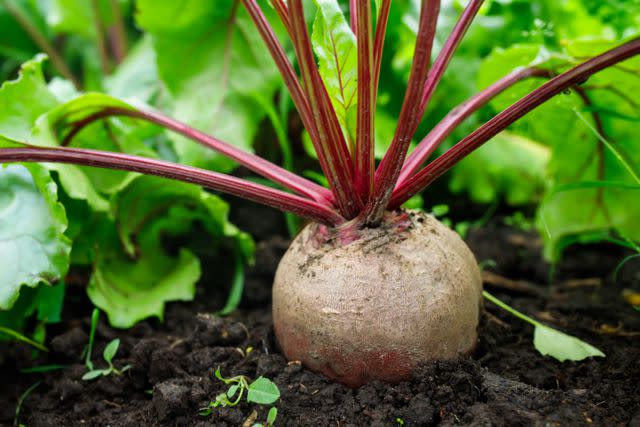
Getty Images / Fotomary
Botanical Name: Beta vulgaris
Sun Exposure: Full Sun to Part Shade
Soil Type: Loose, Well-draining
Soil pH: Slightly Alkaline to Neutral (6.5-8.0)
Beets are packed with folate and other vitamins. You can grow these nutritious roots in dappled sun with as little as 3 hours of direct light per day. Beets need consistent moisture to produce a good crop. Pay attention to soil moisture if planting near trees or large shrubs, and make sure to manage weeds as seedlings establish.
Green Onions
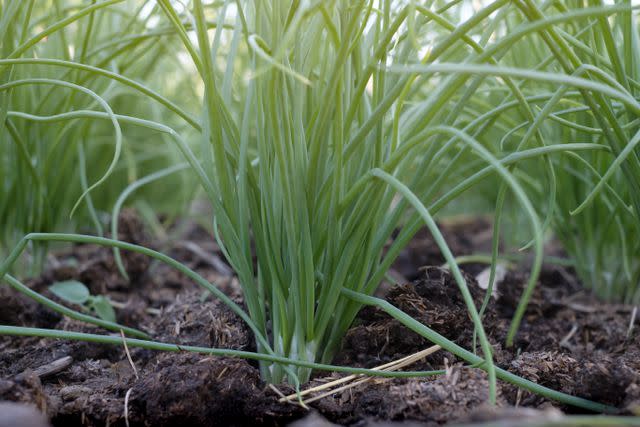
Getty Images
Botanical Name: Allium species
Sun Exposure: Full Sun to Part Shade
Soil Type: Medium, Well-draining, Rich
Soil pH: Slightly Acidic to Neutral (6.0 to 7.0)
The tender stems of green onions are an essential kitchen ingredient. These plants are quite easy to grow and can be harvested at any stage of development, though most gardeners begin harvesting when stems are about the thickness of a pencil. Green onions benefit from afternoon shade in hot southern gardens.
Carrots
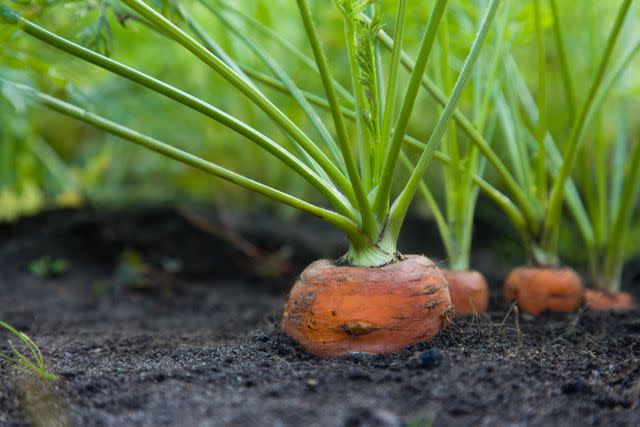
Getty Images
Botanical Name: Daucus carota subsp. sativus
Sun Exposure: Full Sun to Part Shade
Soil Type: Moist, Well-draining, Average Fertility
Soil pH: Slightly Acidic to Neutral (6.0-7.5)
When it comes to growing carrots, soil is often more of a limiting factor than sunlight. Carrots can produce a good crop with 3 to 4 hours of direct sun per day, but they must be grown in loose sandy or loamy soil. This can make planting under trees and in other shady locations a challenge. If suitable ground space is limited, consider growing carrots in a grow bag or deep container.
Turnips
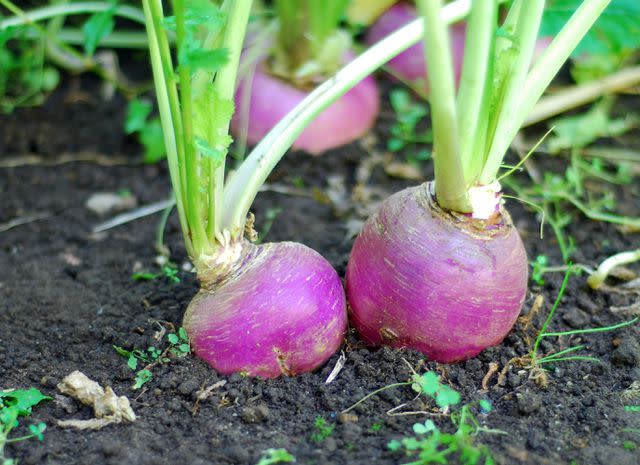
Getty Images / Anthony Rosenberg
Botanical Name: Brassica rapa
Sun Exposure: Full Sun to Part Shade
Soil Type: Moist, Well-draining, Rich
Soil pH: Slightly Acidic to Neutral (6.0-7.5)
Turnips tolerate partial shade but take longer to develop than plants grown in full sun and will produce small roots. Consider planting turnips in shade if you are primarily growing them for their nutrient-rich leaves. Turnips leaves are harvested and used much like mustard or collard greens. Turnip greens are more tender and have a more delicate texture than collards, but a sharper taste.
Parsley
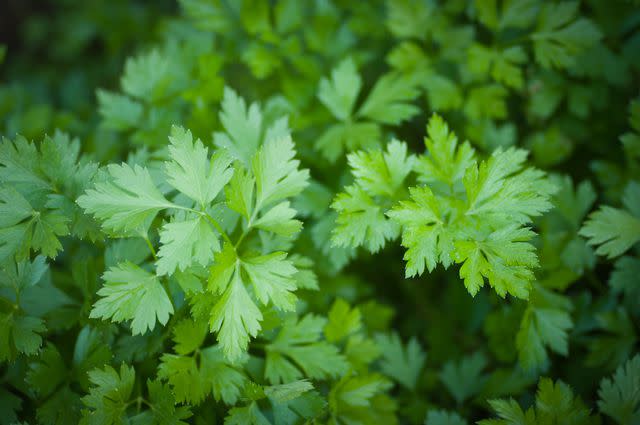
Getty Images / AndreyTTL
Botanical Name: Petroselinum crispum
Sun Exposure: Full Sun to Part Shade
Soil Type: Moist, Well-draining, Rich
Soil pH: Slightly Acidic to Neutral (5.5 to 6.7)
Parsley performs best under partial shade in southern gardens. Shade protects plants from the hot sun and helps conserve soil moisture. Italian flat-leafed parsley tends to tolerate heat better than curly varieties. Parsley works well integrated into flower beds, containers, and window boxes as their sculpted foliage adds texture to plantings. For continued production and to keep plants looking their best, never cut more than one-third of the plant at a time.
Peas
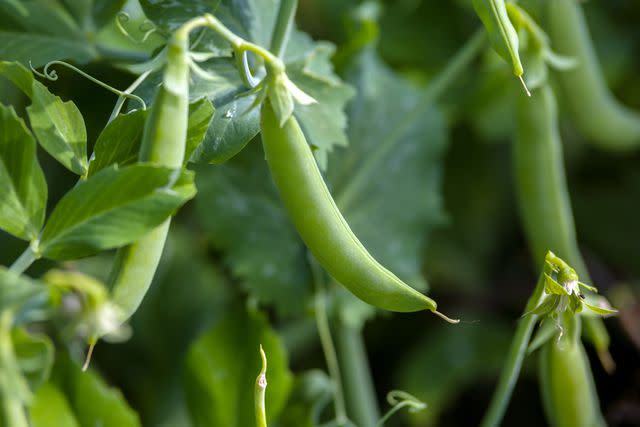
Getty Images
Botanical Name: Pisum sativum
Sun Exposure: Full Sun to Part Shade
Soil Type: Well-draining, Rich
Soil pH: Slightly Acidic to Neutral (6.0-7.5)
Peas are cool-season plants that can withstand frosts and light freezes but suffer in the heat and humidity of summer. As such, peas are planted as soon as the soil can be worked in spring. Planting peas in a location where they receive afternoon shade can help lengthen your growing season. Plants also fare well when they receive bright filtered sunlight all day.
Mint
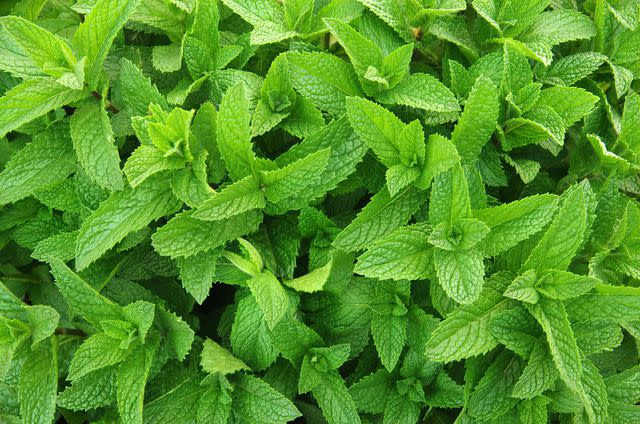
Getty Images /Simon McGill
Botanical Name: Mentha species
Sun Exposure: Full Sun to Part Shade
Soil Type: Dry to Moist, Well-draining, Average
Soil pH: Slightly Acidic to Neutral (6.0-7.0)
Seasoned gardeners know that mint grows like a weed. It is a perennial plant that spreads by rhizome (underground stem). Most gardeners choose to grow it in a container to keep it from spreading through the garden. The benefit of this is you can move containers to locations where they receive the most sun. But if sunlight is limited, fear not. You’ll still produce plenty of flavorful foliage, however plants will grow a bit leggier, and the flavor may be less pronounced.
For more Southern Living news, make sure to sign up for our newsletter!
Read the original article on Southern Living.

